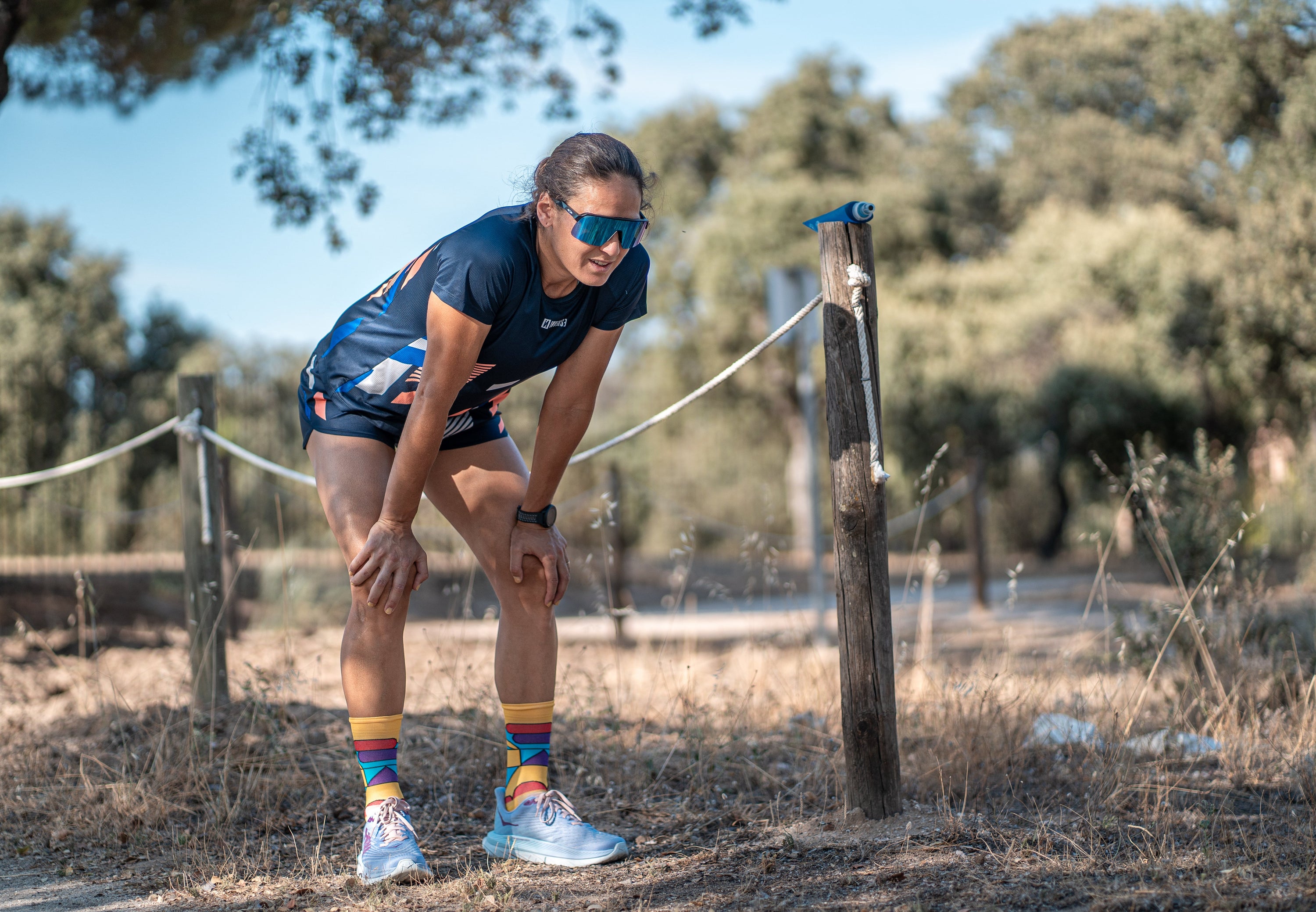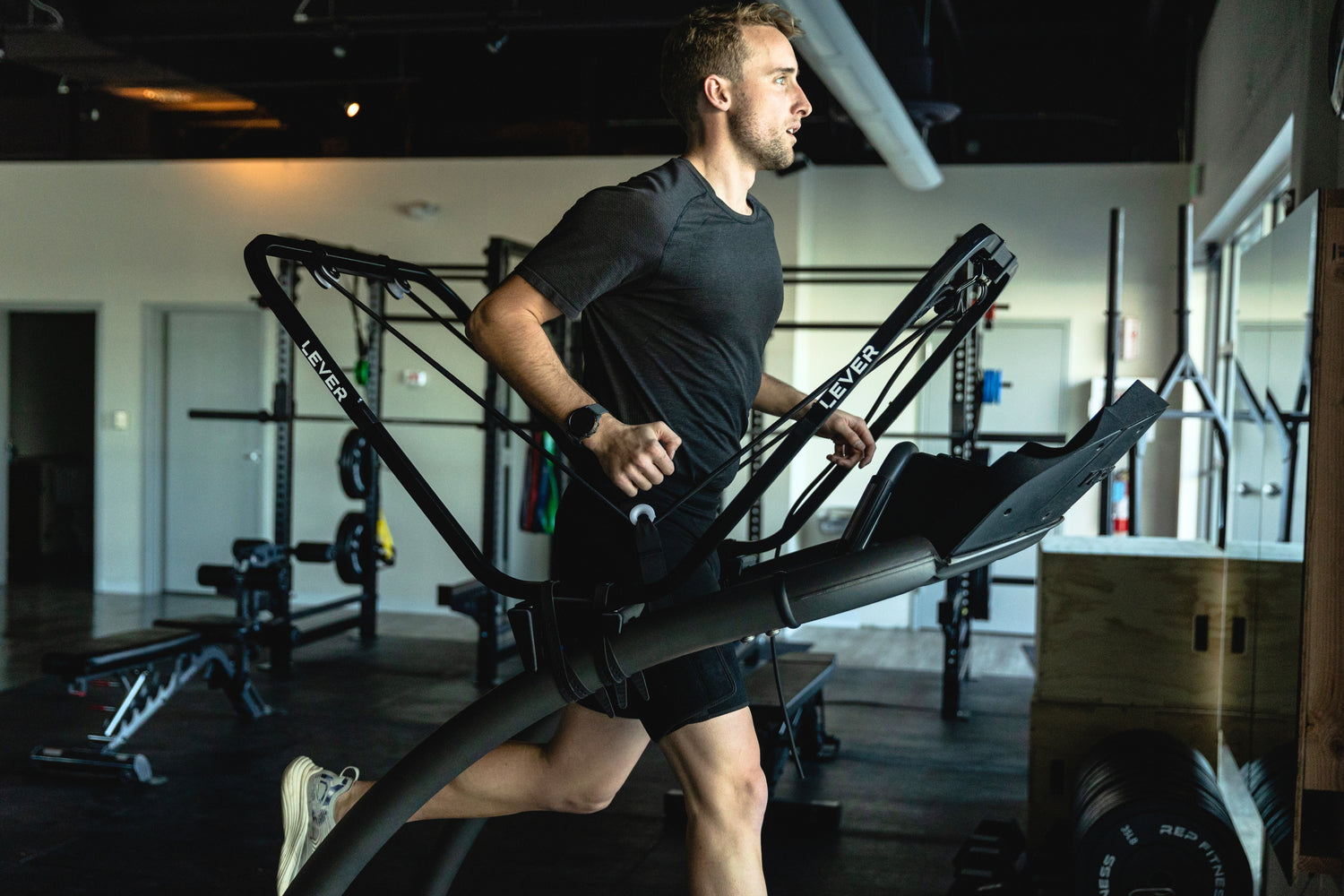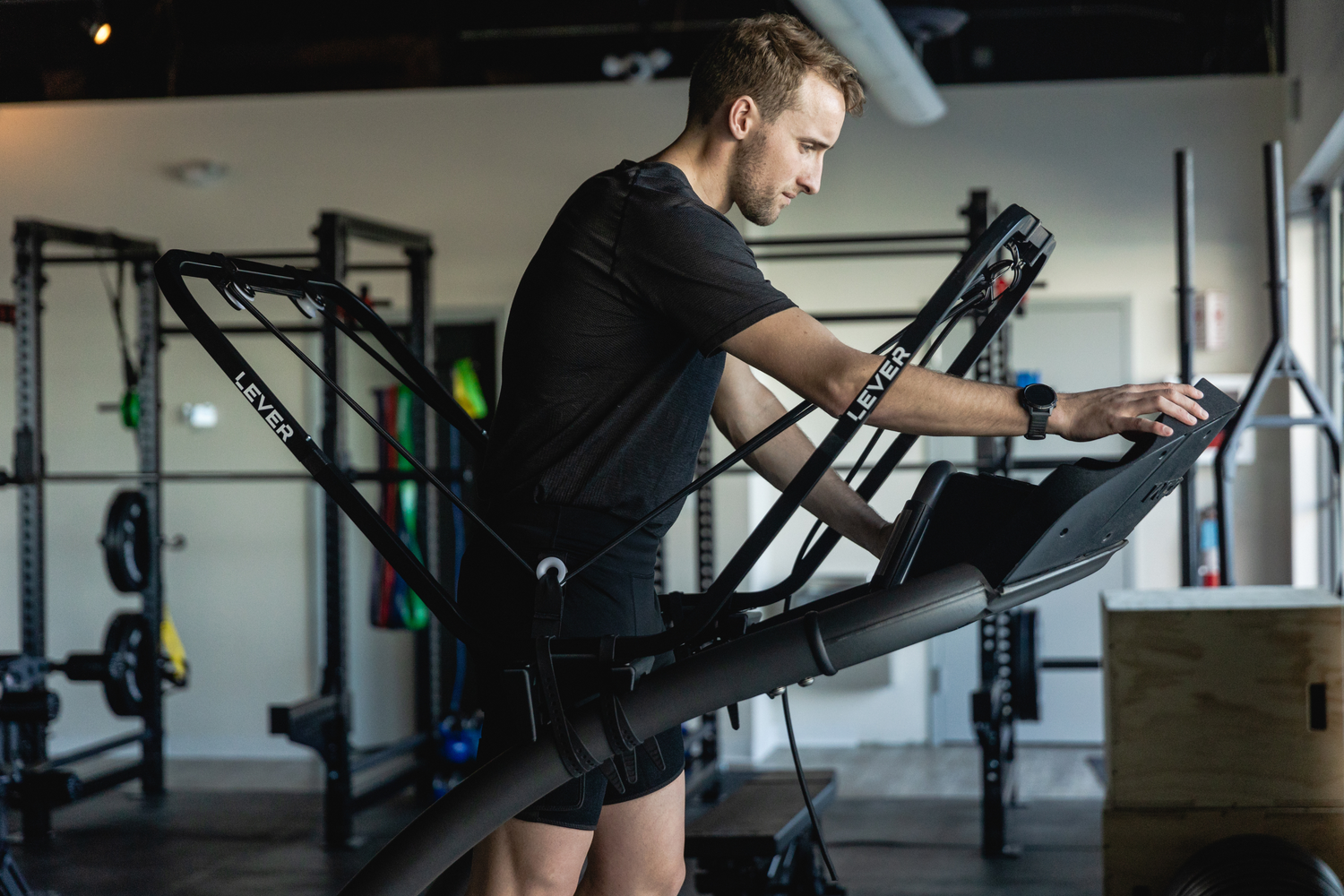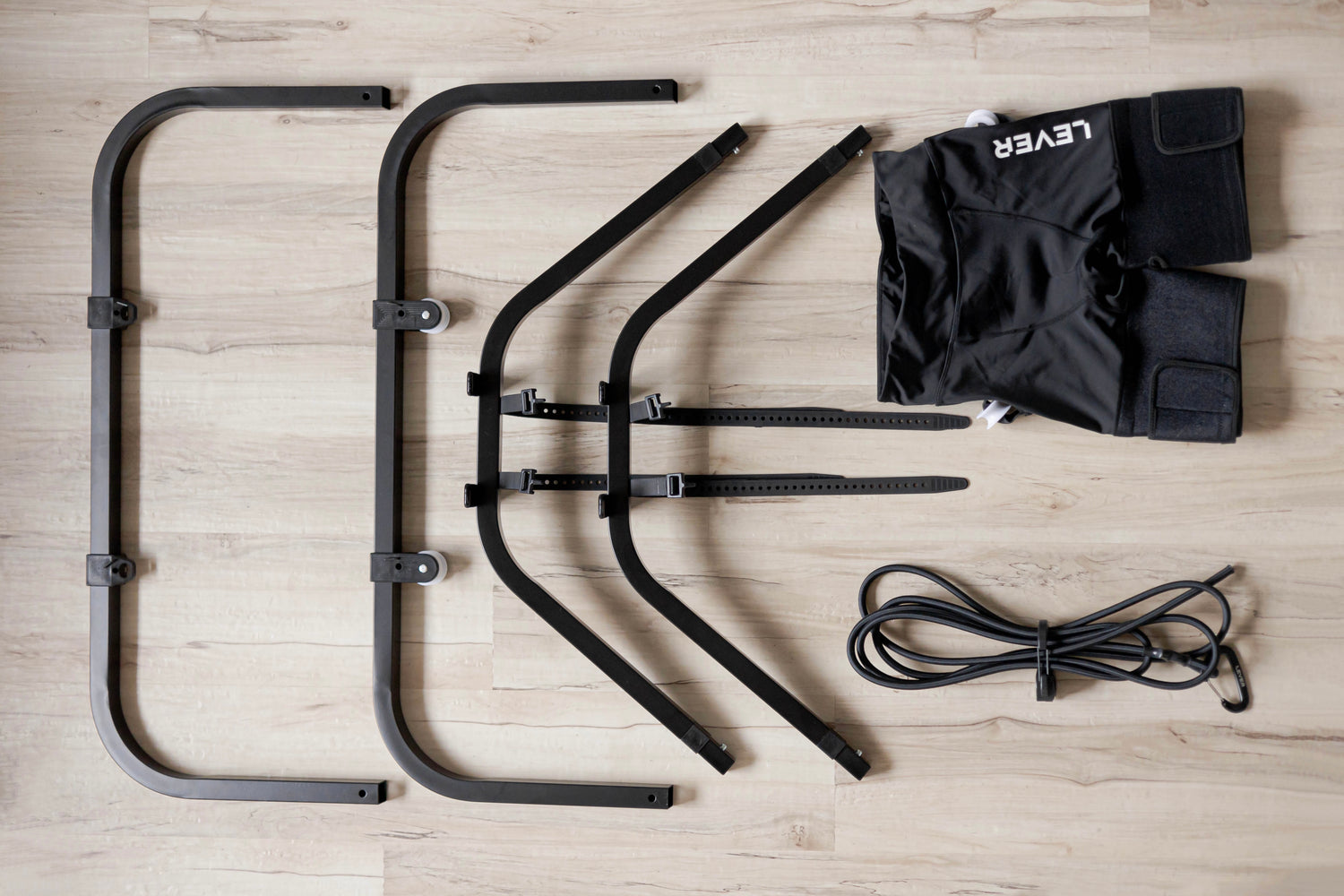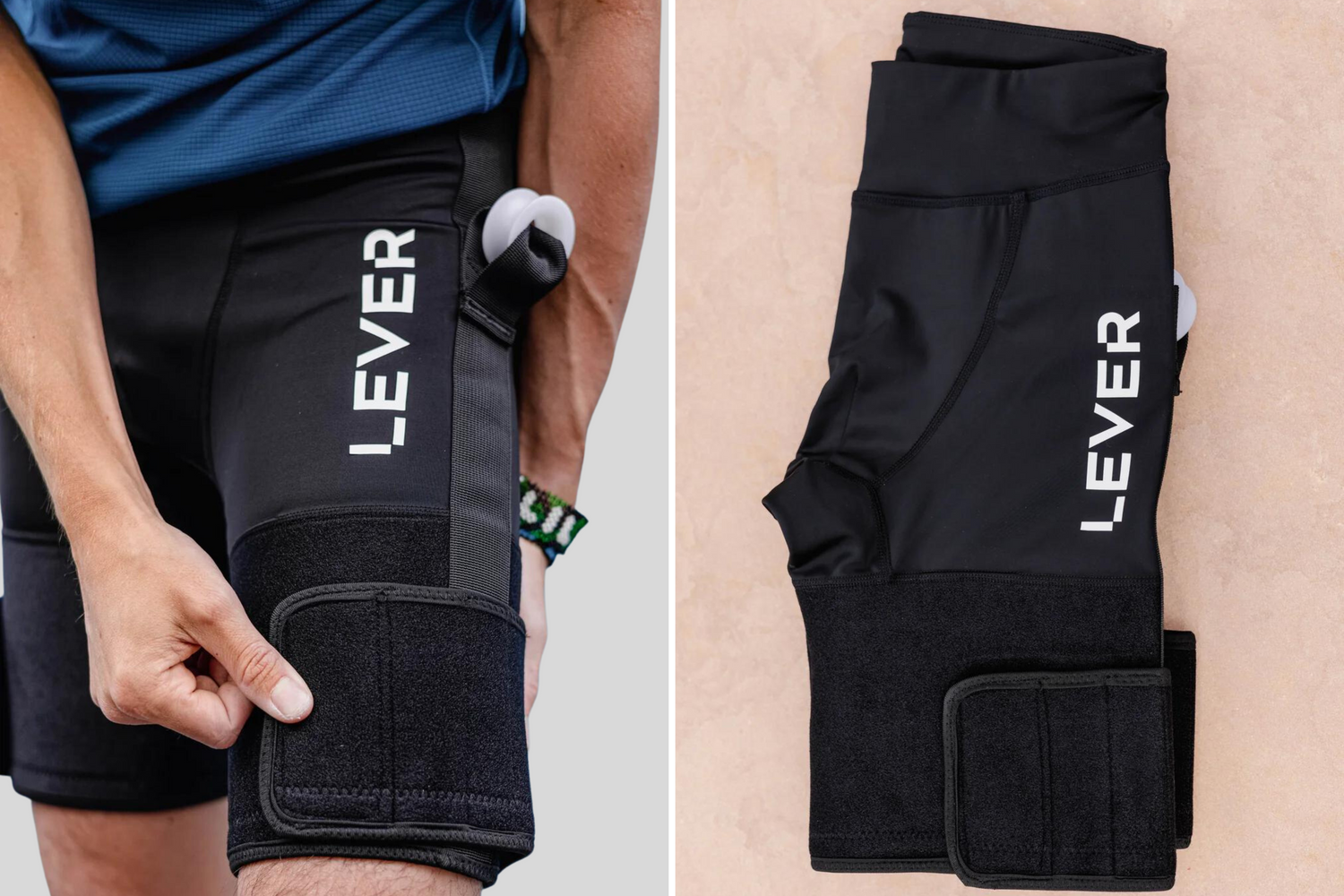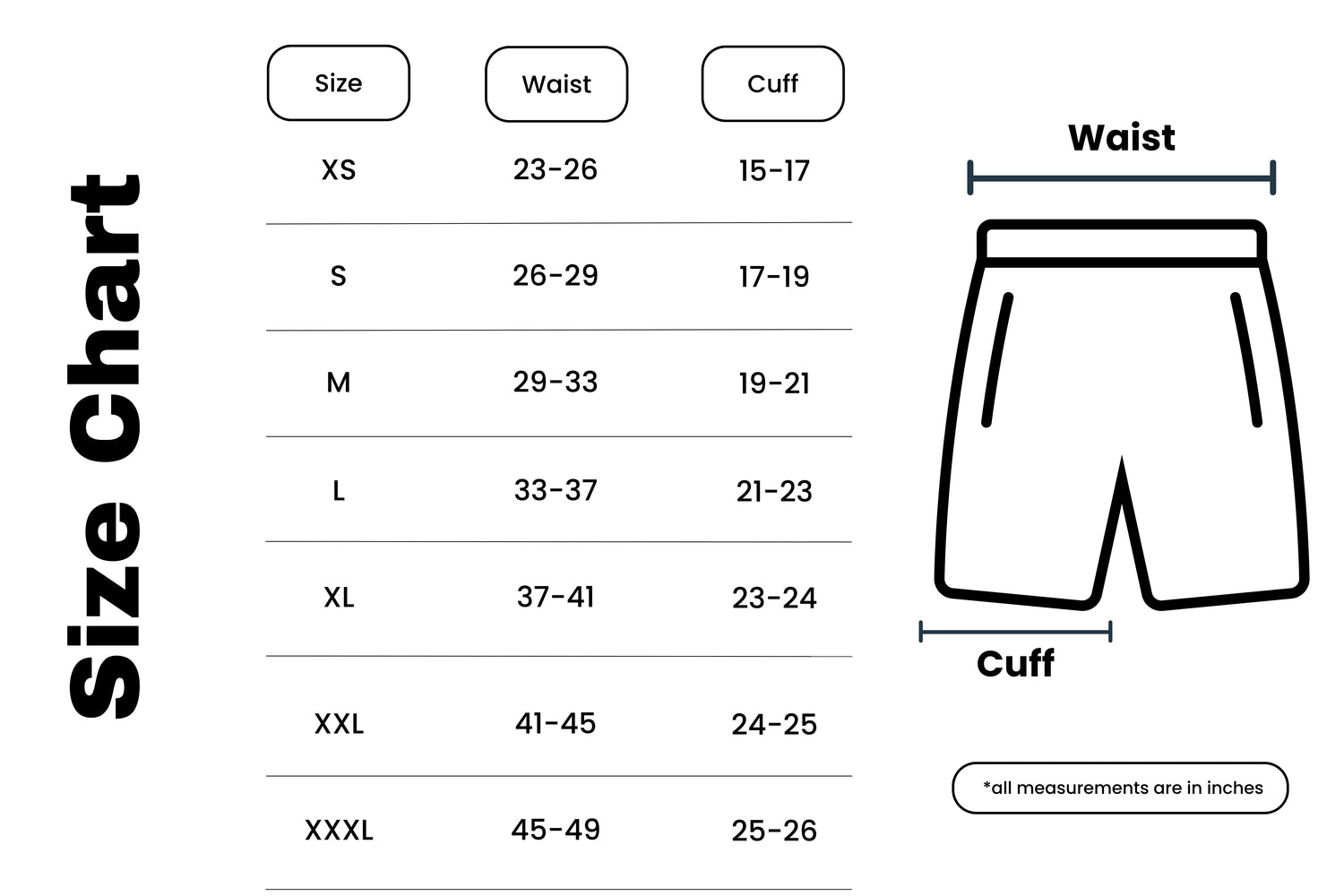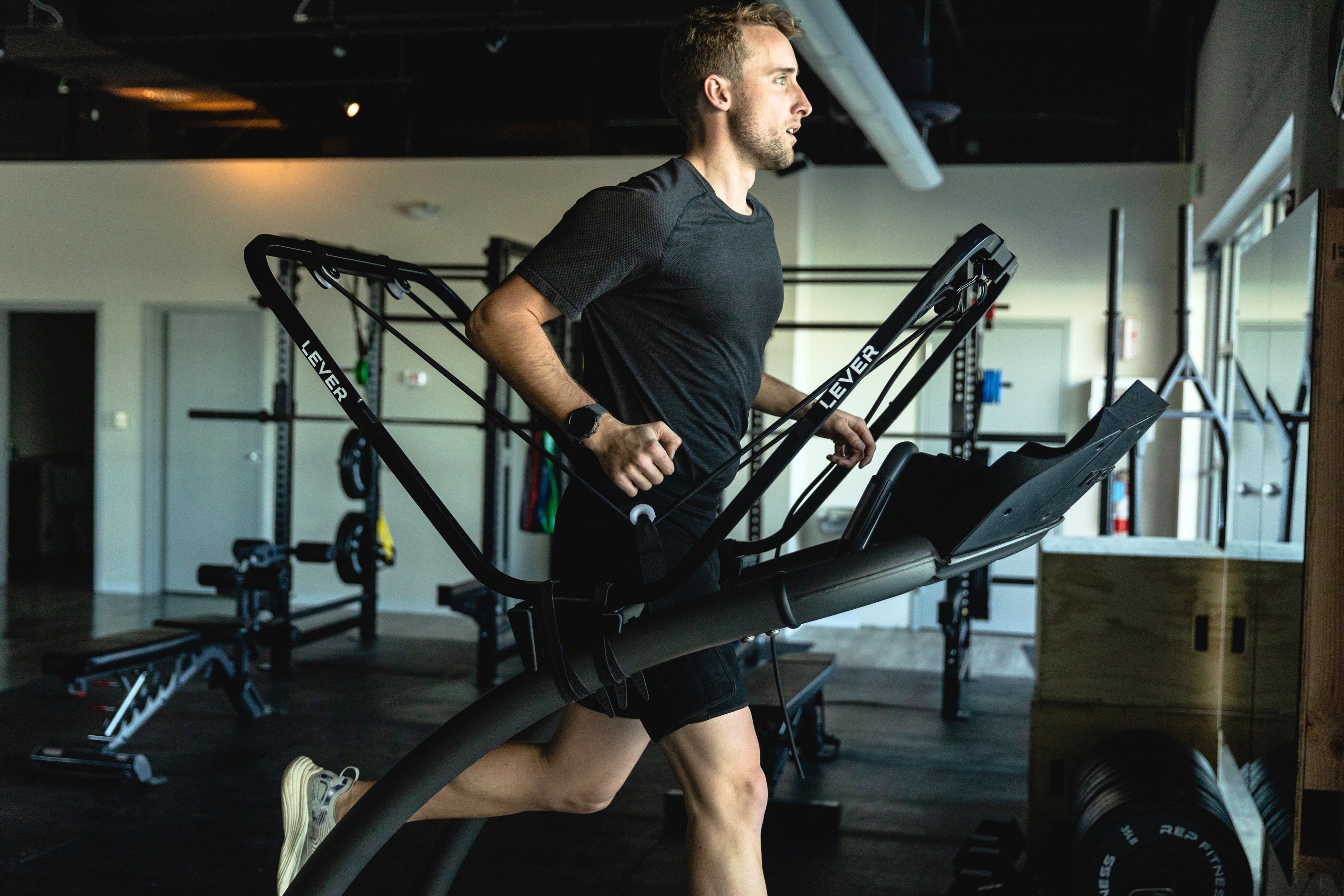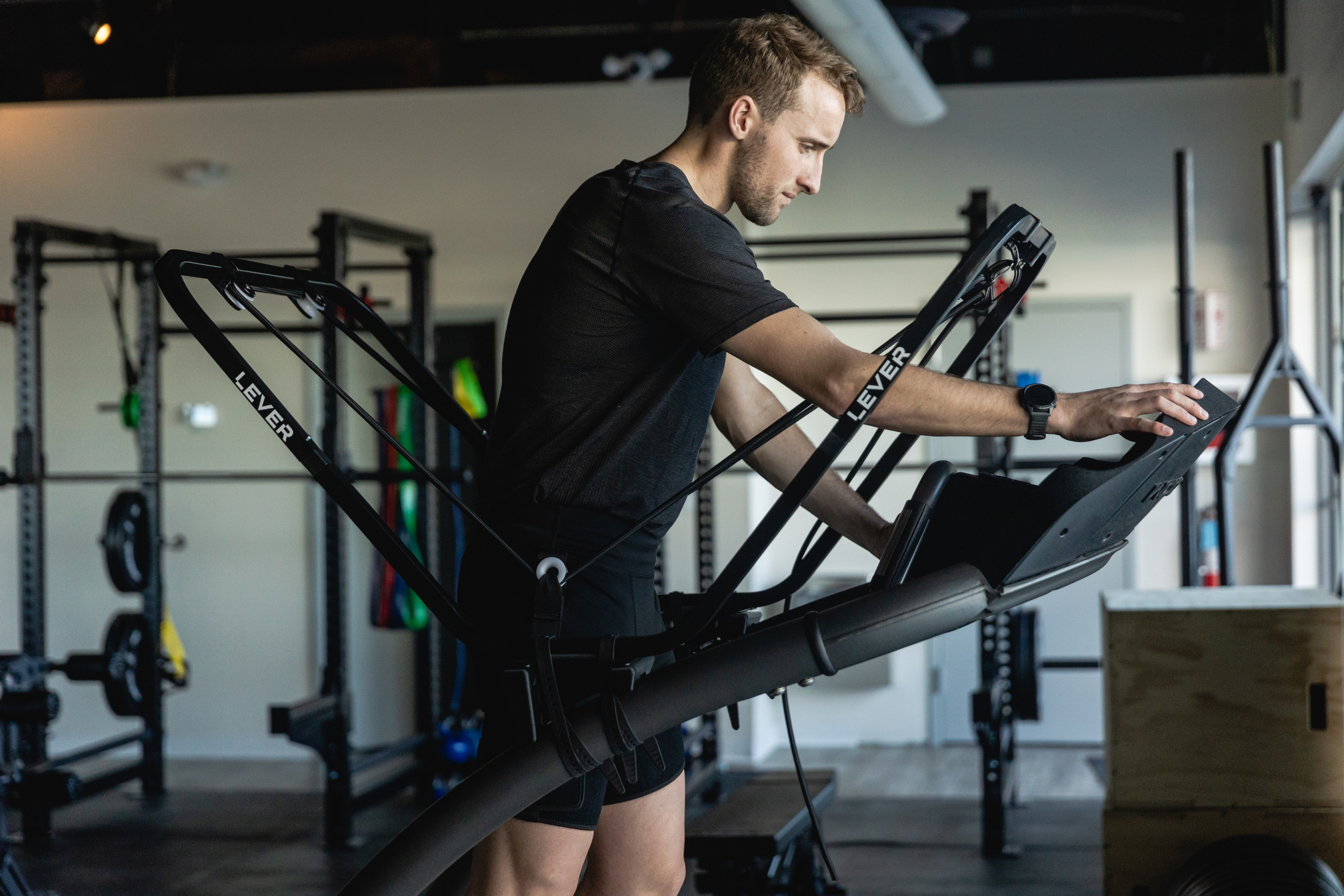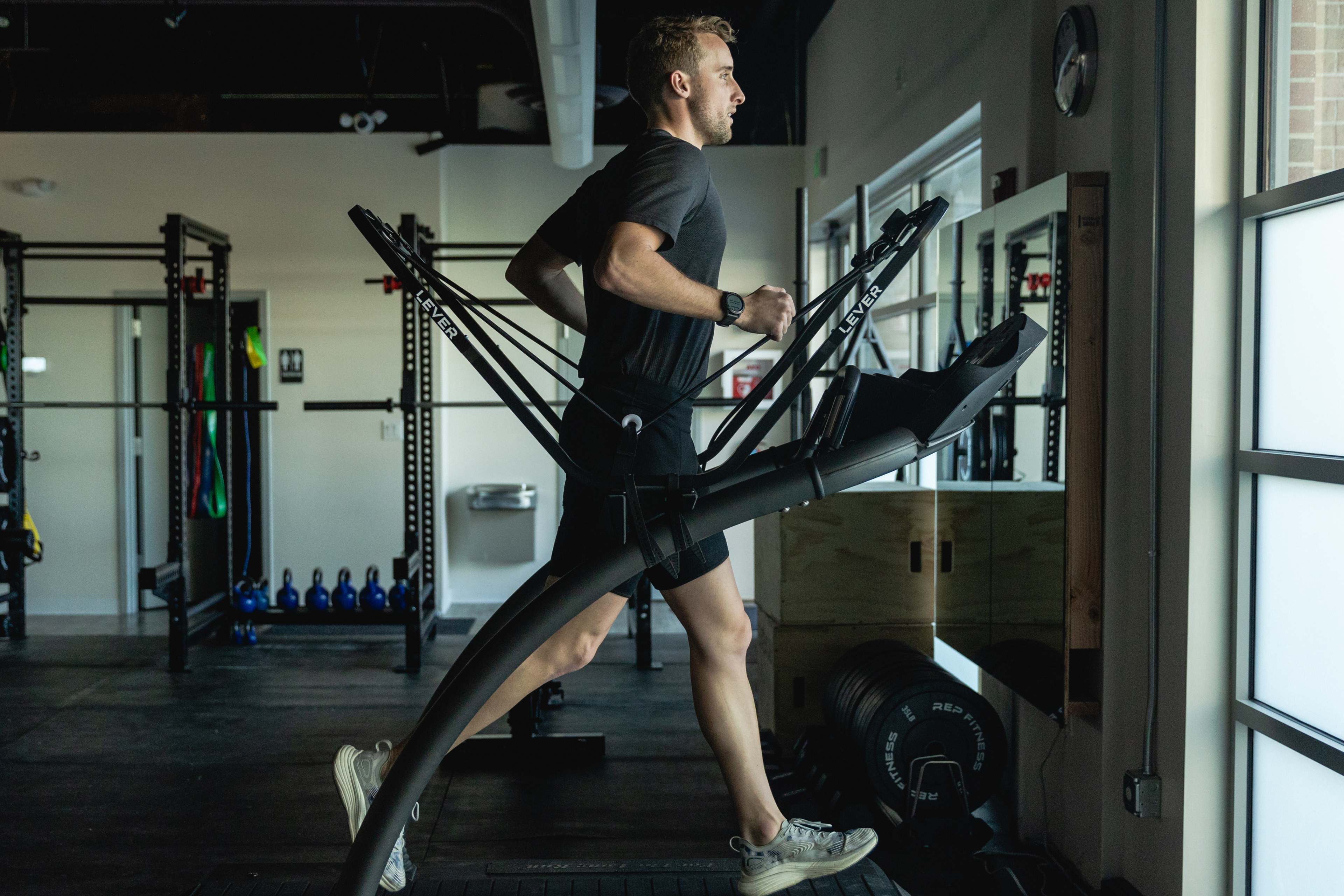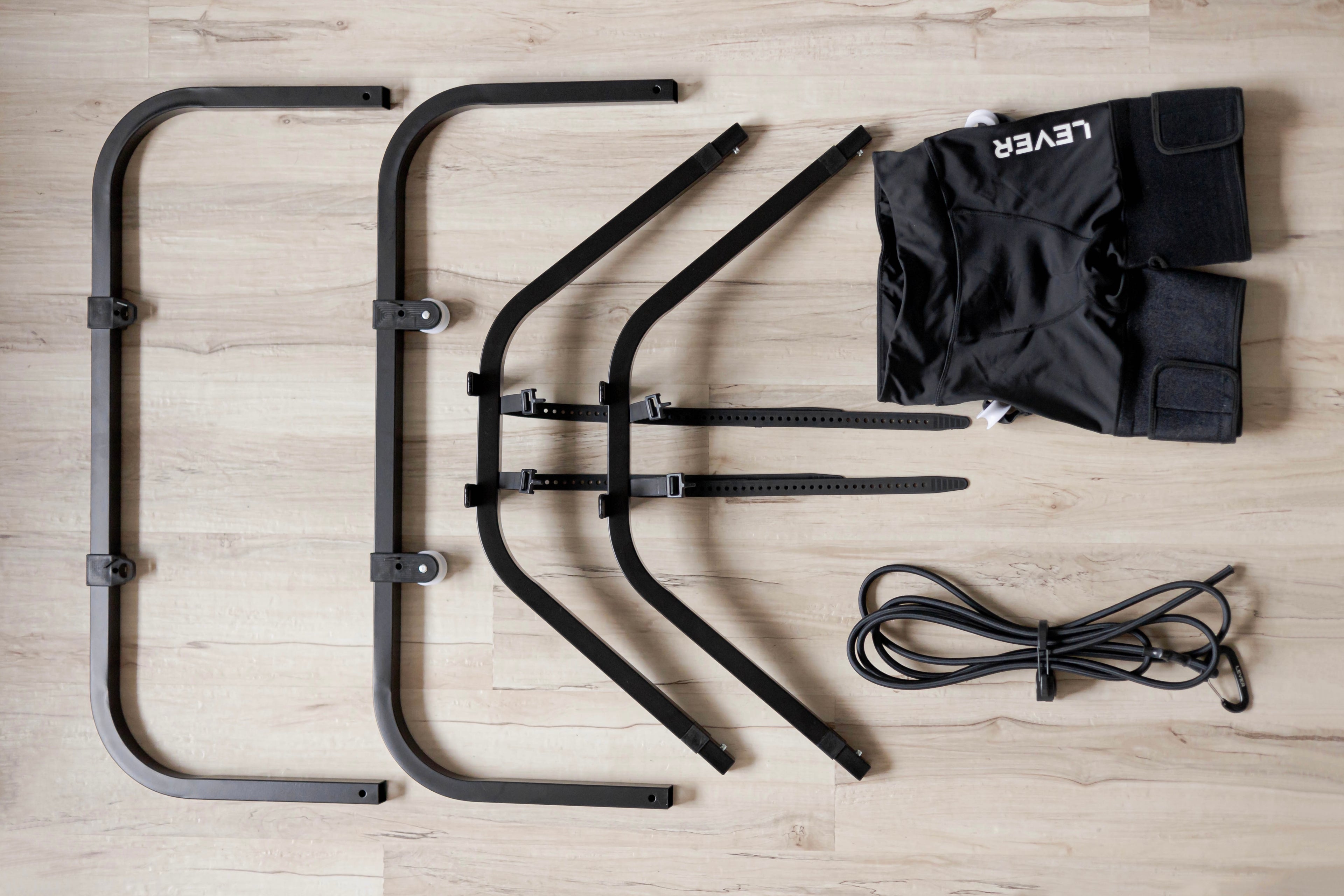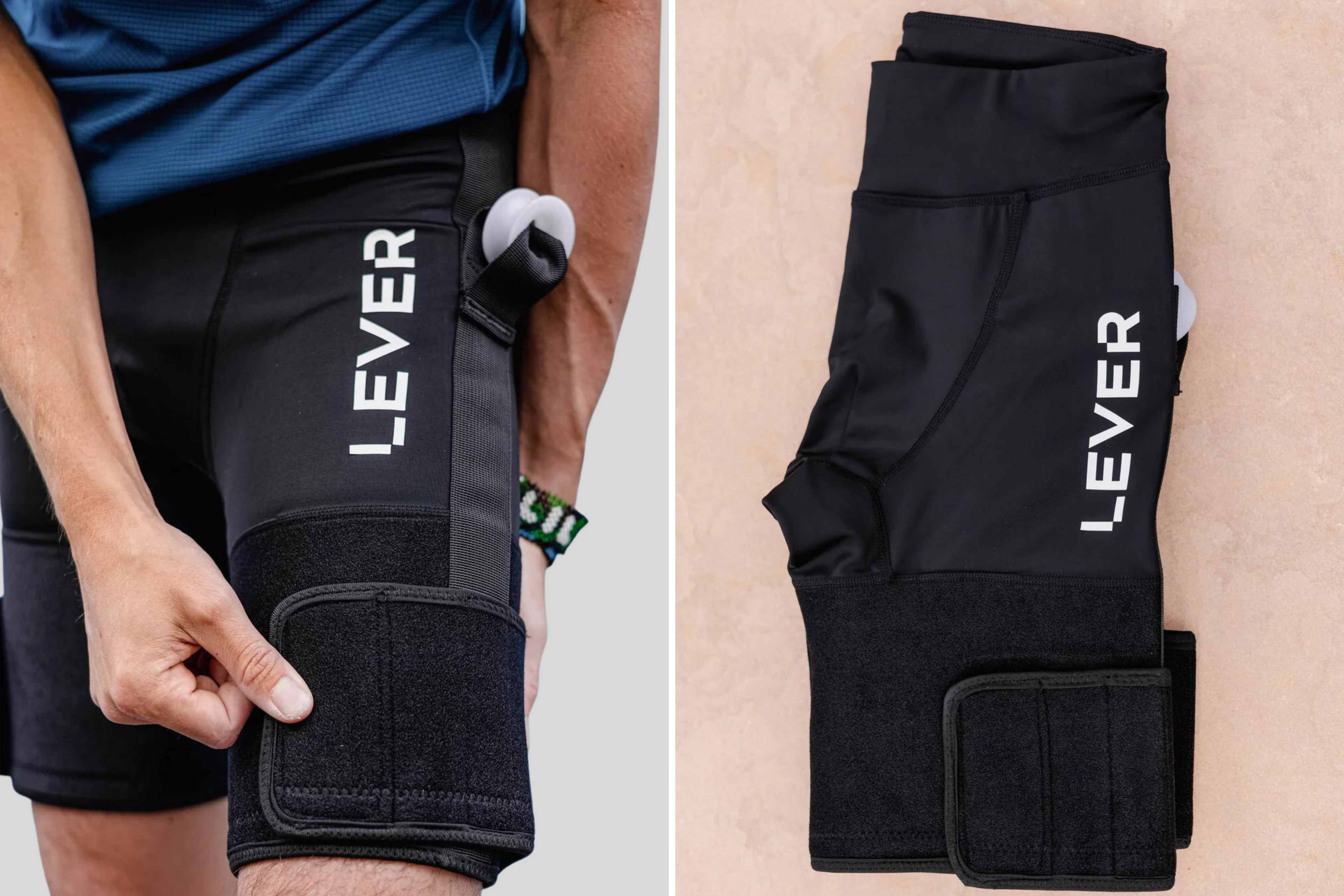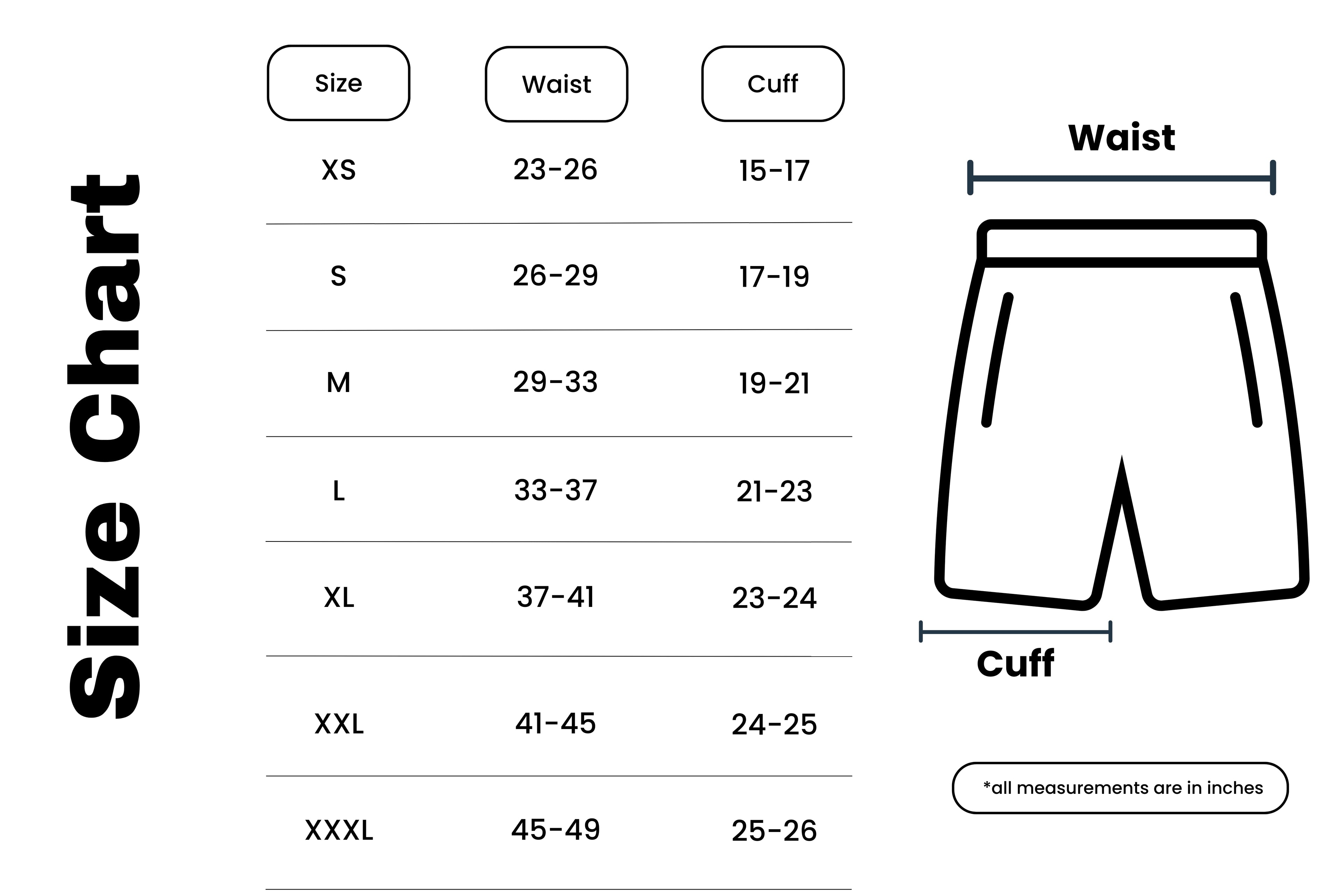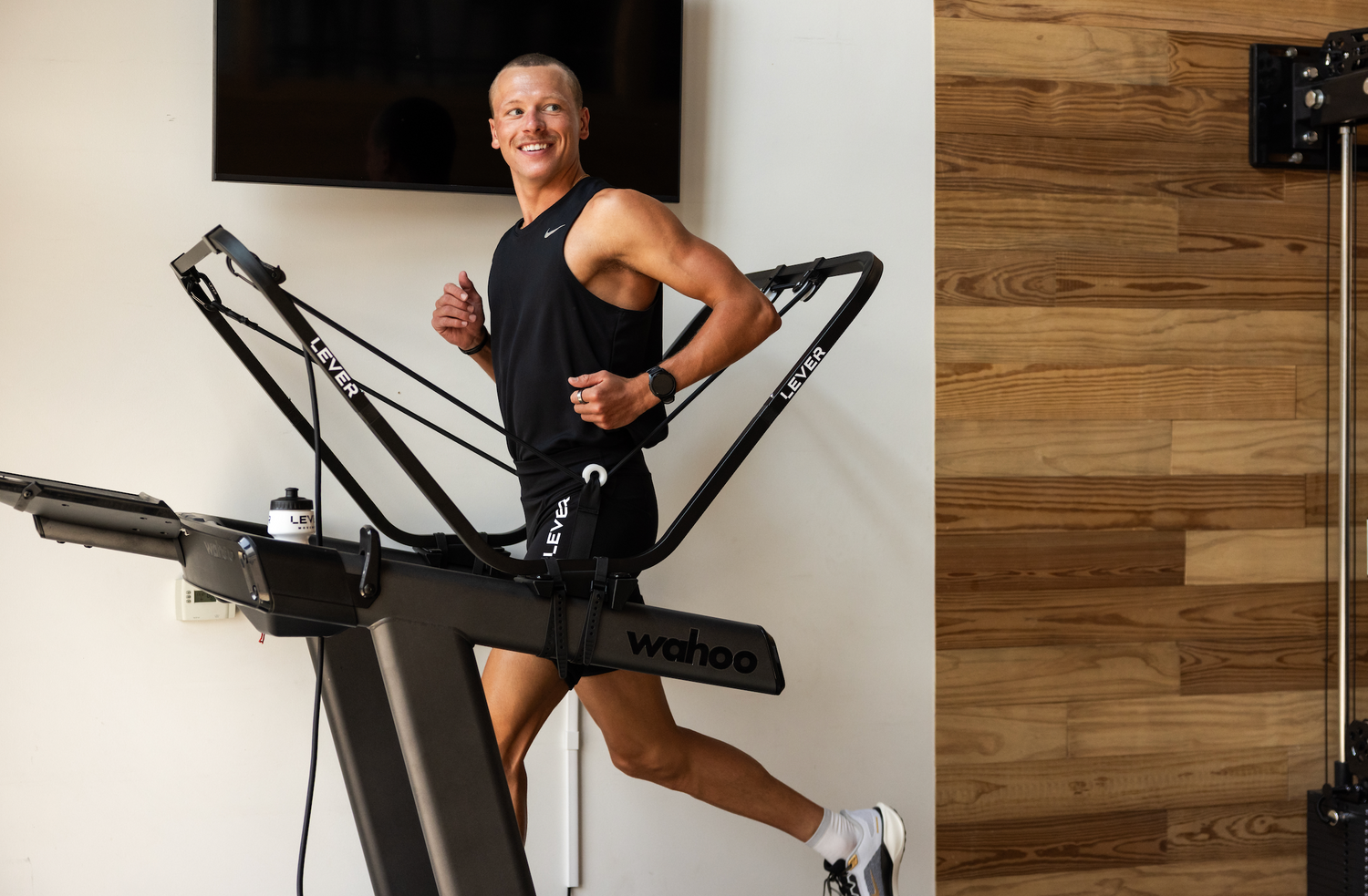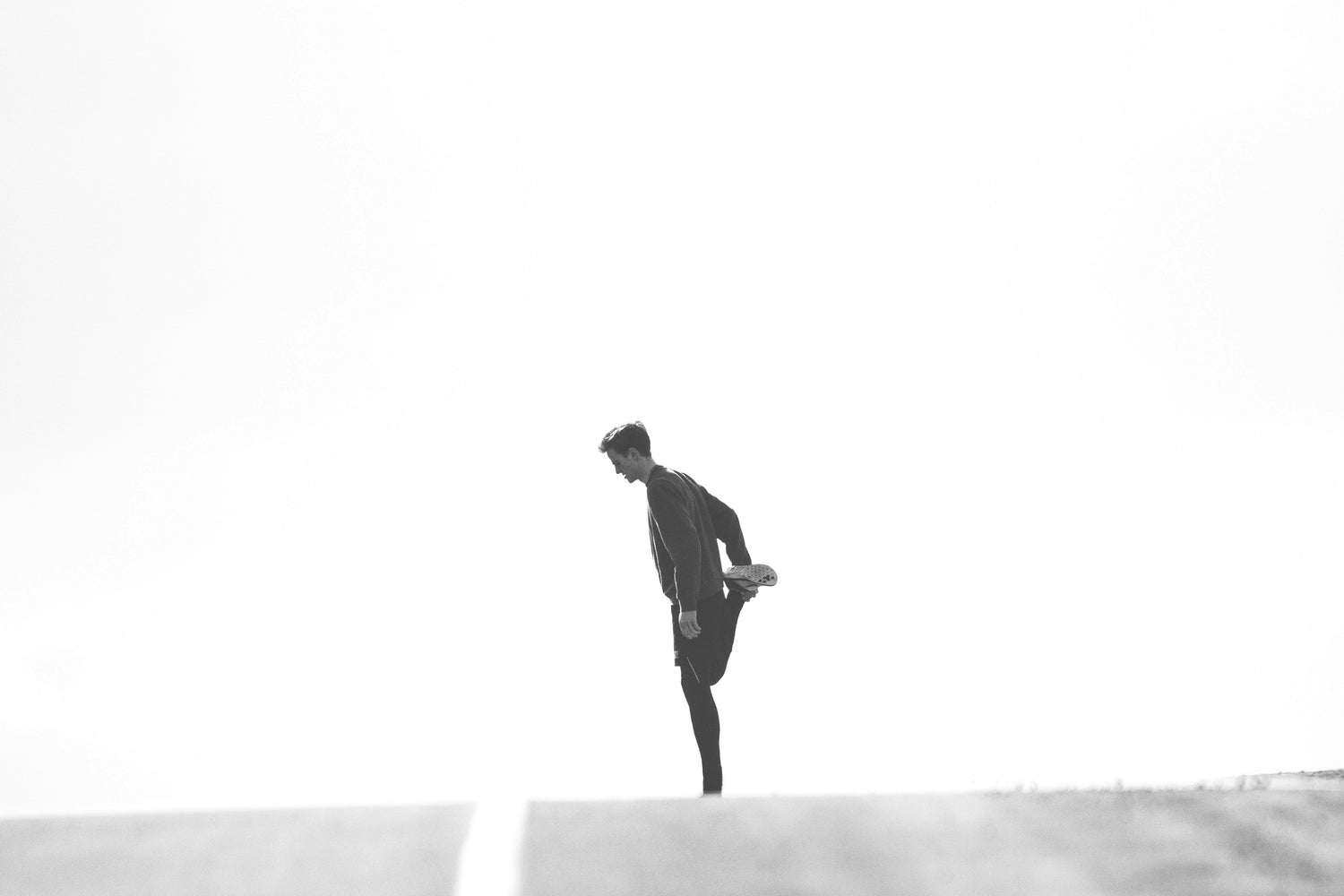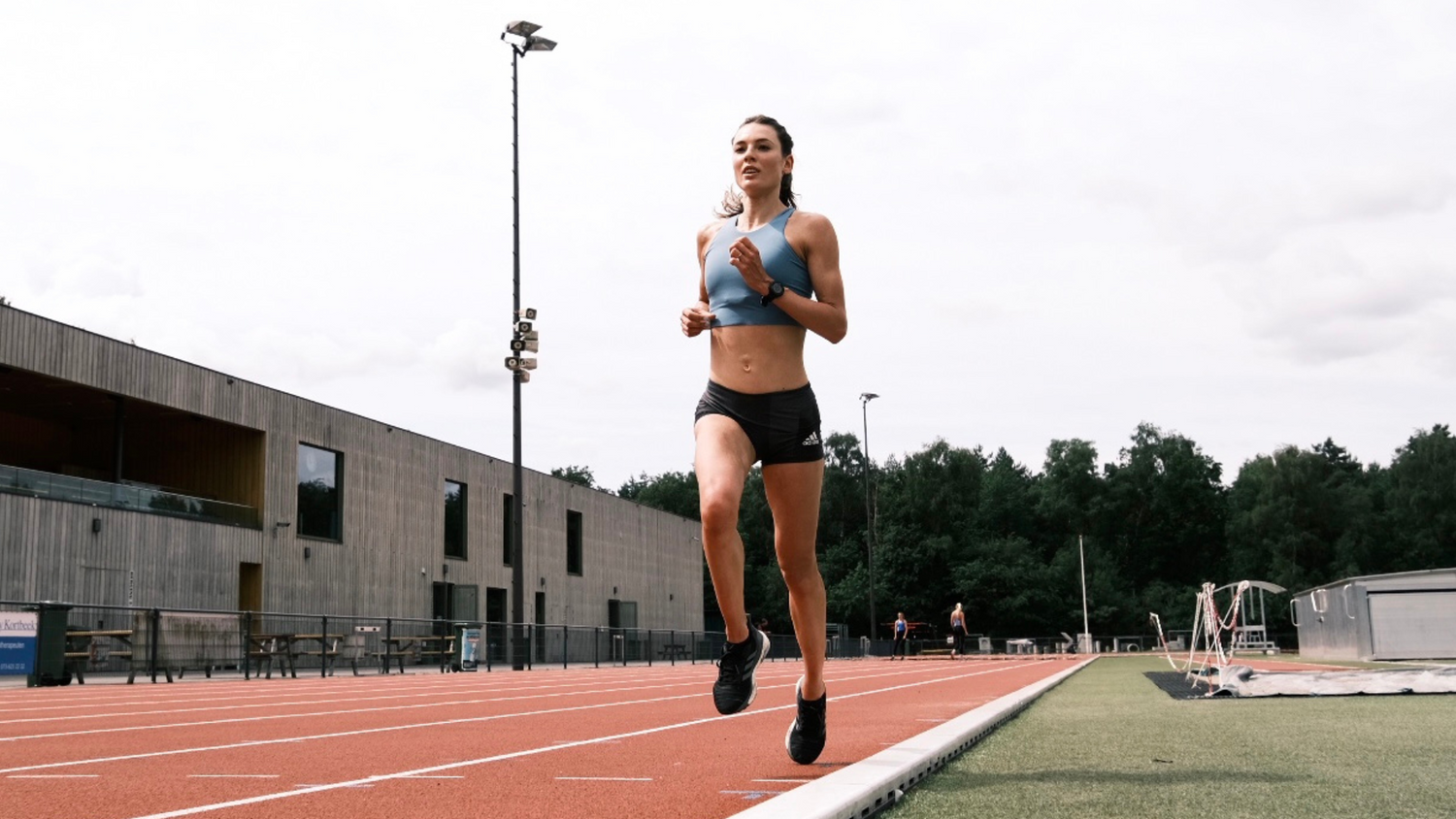Feeling pain around or behind your kneecap when you run? Patellofemoral Pain Syndrome (PFPS), often called Runner’s Knee, is one of the most common injuries in recreational and competitive runners. Fortunately, most cases respond well to structured rehab and smart training adjustments.
In this blog, we’ll break down what PFPS is, why it develops, and how to return to running stronger and more resilient.
What Is Patellofemoral Pain Syndrome?
Patellofemoral Pain Syndrome is pain at the front of the knee, usually around or behind the kneecap (patella), caused by abnormal loading or tracking of the patella over the femur. The condition often results from a combination of overuse, poor biomechanics, and muscular imbalances.
Common symptoms:
-
Dull, aching pain around the kneecap
-
Pain during or after running, squatting, or climbing stairs
-
Pain after prolonged sitting with bent knees (“moviegoer’s knee”)
📚 Research Note: PFPS affects up to 22% of the general population and up to 30% of adolescent athletes (Collins et al., 2012). It's especially common in runners and cyclists.

Get a Proper Diagnosis
While PFPS is usually diagnosed clinically, it's important to rule out other causes of knee pain like patellar tendinopathy or meniscal injury. A sports medicine provider or physical therapist can assess your biomechanics, mobility, and strength to confirm PFPS.
Modify Load to Reduce Pain
Running through pain rarely helps PFPS—it often makes it worse. The key is to temporarily reduce aggravating activities while maintaining movement and fitness.
-
Avoid deep squats, stairs, and excessive downhill running during flare-ups
-
Cross-train with low-impact activities like swimming or cycling
-
Consider body weight support running to reduce joint load while staying active
📚 Research Note: Reducing patellofemoral joint stress (especially from high-impact or high-flexion activities) is critical during early rehab (Willy et al., 2019).
Use Body Weight Support for Pain-Free Progression
If running continues to aggravate your knee, tools like the LEVER system allow you to reintroduce running at reduced body weight—less impact, less patellofemoral joint stress.
This can help:
-
Maintain running mechanics without full impact
-
Reduce pain during the return-to-run phase
-
Safely build back volume without irritating the joint
📚 Research Note: Body weight support reduces patellofemoral joint forces and allows athletes to train pain-free at earlier stages of rehab (Paterson et al., 2018).

Address Strength Deficits and Movement Patterns
PFPS is often linked to weakness or poor motor control in the hips, glutes, and quadriceps.
Key rehab targets:
-
Gluteus medius for hip stability
-
Quadriceps (especially vastus medialis) for patellar tracking
-
Core control and single-leg mechanics
Focus on exercises like:
-
Lateral band walks
-
Step-ups with good alignment
-
Single-leg glute bridges
-
Terminal knee extensions
📚 Research Note: A 2022 systematic review confirmed that combining hip and knee strengthening is more effective than knee-focused rehab alone for PFPS (Rathleff et al., 2022).
Return to Running with a Plan
When pain subsides with day-to-day activities and strength improves, you can begin returning to running. Use this progression:
-
Walk-run intervals (start with 1:1 walk:run ratio)
-
Short runs at a slower pace
-
Increase volume gradually (no more than 10% per week)
-
Reintroduce hills and speed last
Using LEVER to offload body weight during the return phase can be especially helpful when symptoms are borderline or volume needs to be higher for race prep.
Estimated Recovery Timeline
Recovery can vary depending on the severity and how early treatment begins. Here’s a general timeline:
-
Mild PFPS: 3–6 weekshel
-
Moderate cases: 6–12 weeks
-
Chronic PFPS: 3–6+ months (especially with poor movement habits)
Final Thoughts: Movement Is Medicine
PFPS doesn’t have to keep you from running—it just requires a smart approach. By reducing load, building strength, and progressing gradually, you can get back to pain-free movement.
👉 If you're dealing with knee pain, the LEVER system can support your return by taking the load off your joints while keeping you active. Explore how LEVER fits into your rehab plan here.


